U.S. Supreme Court Vindicates Photographer But Destabilizes Fair Use — Andy Warhol Foundation v. Goldsmith (Guest Blog Post)
Technology & Marketing Law Blog
JUNE 20, 2023
Supreme Court affirmed the Second Circuit’s ruling that the reproduction of Andy Warhol’s Orange Prince on the cover of a magazine tribute was not a fair use of Lynn Goldsmith’s photo of the singer-songwriter Prince, on which the Warhol portrait was based. By Guest Blogger Tyler Ochoa By a 7-2 vote, the U.S. Goldsmith , No. 569 (1994).




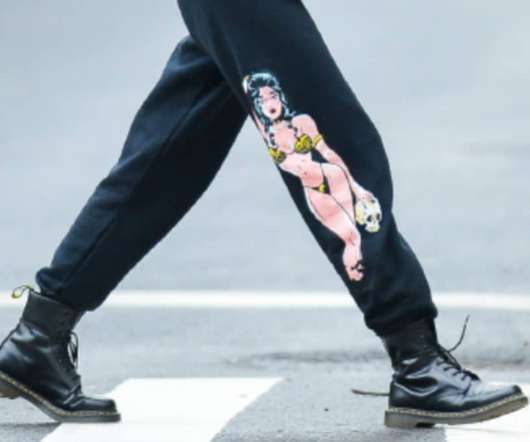

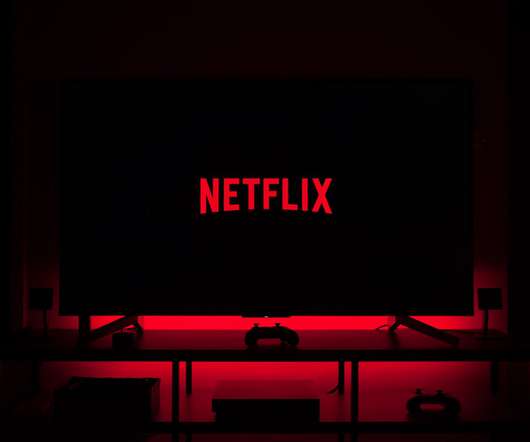
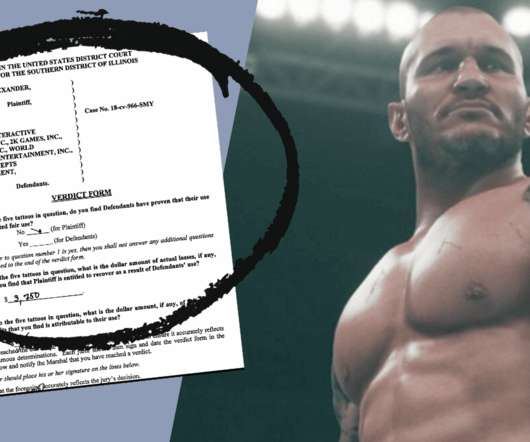
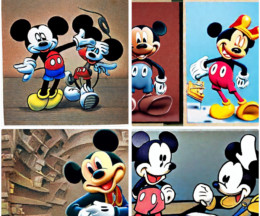




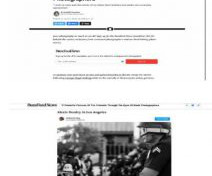
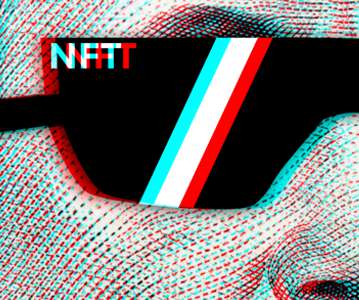






Let's personalize your content